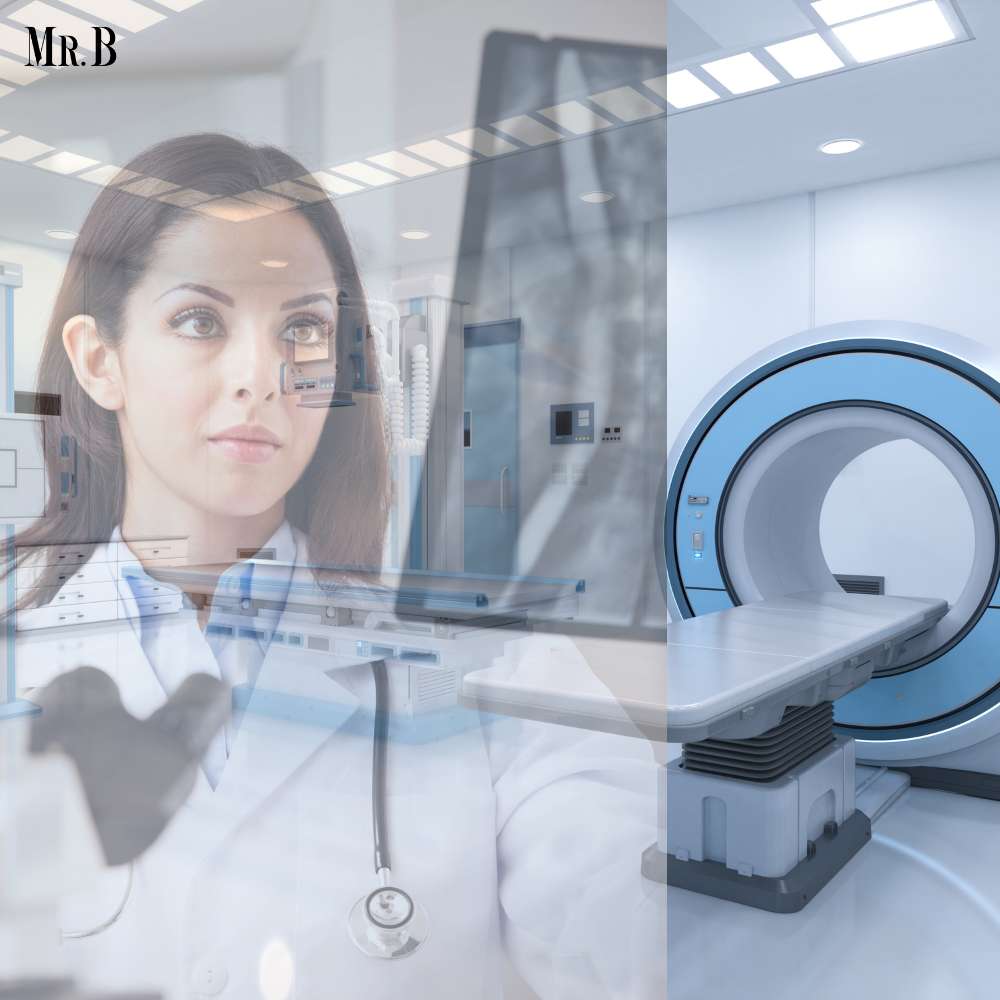The x-ray technology has created a huge impact on the medical diagnosis industry. This transformative technology has transcended the constraints of traditional radiography, offering a panoramic view into the intricate landscapes of the human body with unprecedented clarity. As an experienced content writer, I invite you to delve deeper into the profound impact of digital x-ray technology on the diagnostic process, exploring the intricate tapestry of advancements that have not only reshaped medical practices but have also redefined the narrative of patient care.
Digital X-ray Technology: Transforming Diagnostic Precision:
The integration of digital x-ray technology into medical imaging has significantly enhanced the diagnostic process. Unlike traditional film-based radiography, digital x-ray systems capture images electronically, facilitating immediate access to high-quality, detailed visuals. This shift has revolutionized the speed and accuracy with which medical professionals can diagnose a myriad of conditions.
1. Enhanced Image Quality and Clarity:
Digital x-ray technology delivers superior image quality and clarity compared to its analog counterparts. The digital sensors used in these systems capture a broader range of data, allowing for detailed visualization of anatomical structures. This heightened precision enables healthcare practitioners to detect subtle abnormalities, ensuring a more accurate diagnosis.
2. Immediate Image Availability:
One of the defining features of digital x-ray technology is the immediacy of image availability. With traditional film-based radiography, the processing time and logistical challenges of physical films could introduce delays in diagnosis. Digital x-ray systems provide instant access to images, enabling prompt evaluation and quicker decision-making in urgent medical situations.
3. Dose Optimization and Radiation Safety:
Digital x-ray technology allows for dose optimization, minimizing radiation exposure without compromising image quality. Advanced software and hardware features enable healthcare professionals to tailor radiation doses based on specific diagnostic needs, ensuring patient safety remains a top priority.

Impact on the Medical Industry: A Paradigm Shift
The integration of digital x-ray technology has ushered in a paradigm shift in the medical industry, influencing diagnostic methodologies, patient care, and overall healthcare outcomes.
1. Efficiency and Workflow Improvement:
The speed at which digital x-ray images can be acquired, processed, and shared has streamlined diagnostic workflows. Healthcare providers can quickly assess images, collaborate with specialists, and make informed decisions in real-time, leading to more efficient patient care.
2. Telemedicine and Remote Consultations:
Digital x-ray technology plays a pivotal role in the era of telemedicine. Healthcare professionals can transmit digital images securely, facilitating remote consultations and expert opinions. This capability has proven invaluable, especially in situations where immediate access to specialized expertise is crucial.
3. Archiving and Retrieval:
Digital x-ray images can be stored electronically, eliminating the need for physical storage space and reducing the environmental impact associated with traditional film-based systems. Electronic archiving also ensures easy retrieval and comparison of historical images, aiding in longitudinal patient care.
Recent Developments in Digital X-ray Technology:
The evolution of digital x-ray technology continues with ongoing advancements that push the boundaries of diagnostic capabilities.
1. Computed Radiography (CR) and Direct Radiography (DR):
Recent developments include the widespread adoption of Computed Radiography (CR) and Direct Radiography (DR) systems. CR utilizes digital imaging plates, while DR employs direct capture detectors. Both technologies contribute to enhanced image quality and faster processing times.
2. Artificial Intelligence Integration:
The integration of artificial intelligence (AI) has emerged as a game-changer in digital x-ray technology. AI algorithms can assist in image interpretation, pattern recognition, and even early detection of abnormalities. This augmentation of human expertise enhances diagnostic accuracy and efficiency.
3. Mobile X-ray Units and Point-of-Care Imaging:
Advancements in digital x-ray technology have led to the development of portable and mobile x-ray units. These compact systems enable point-of-care imaging, particularly in critical care settings, emergency departments, or remote locations, providing accessibility to diagnostic capabilities where they are needed most.

Future Possibilities: Radiology in the Digital Age
The future of radiology holds exciting possibilities as digital x-ray technology continues to evolve, driven by technological innovation and the quest for more precise diagnostics.
1. 3D and Advanced Visualization:
The evolution towards three-dimensional (3D) imaging is on the horizon. Advanced visualization techniques, including 3D reconstructions and multi-planar imaging, will provide a more comprehensive understanding of anatomical structures, facilitating intricate diagnostic assessments.
2. Precision Medicine and Personalized Imaging:
Digital x-ray technology is poised to contribute to the era of precision medicine. Tailored imaging protocols, personalized dose optimization, and targeted diagnostics based on individual patient characteristics are anticipated developments that will redefine the landscape of medical imaging.
3. Integration with Multi-Modal Imaging:
The future of radiology will likely witness a seamless integration of digital x-ray technology with other imaging modalities, such as magnetic resonance imaging (MRI) and computed tomography (CT). This holistic approach will offer a comprehensive diagnostic toolkit, allowing healthcare professionals to correlate information from different imaging sources for a more nuanced understanding of health conditions.

Applications of x-ray technology:
1. Dentistry:
Dentistry benefits extensively from x-ray technology, with intraoral and extraoral imaging techniques aiding in the diagnosis of dental conditions, assessment of oral health, and treatment planning. The ability of x-rays to penetrate dense materials also finds application in non-destructive testing across industries like manufacturing and aerospace.
2. Security:
Security is another domain where x-ray technology plays a critical role. Airport security scanners utilize x-rays to create detailed images of luggage contents, identifying potential threats without the need for physical inspection.
3. Research:
In research and academia, x-ray technology shines in applications like X-ray crystallography, a method used to determine the atomic and molecular structure of a crystal. This technique has been instrumental in advancing our understanding of molecular biology, chemistry, and materials science.
Conclusion:
The evolution of digital x-ray technology marks a radiant future for the field of radiology. From enhanced diagnostic precision and workflow efficiency to the integration of artificial intelligence and the promise of personalized medicine, the impact of digital x-ray technology on the medical industry is profound. As this technology continues to advance, it not only transforms the diagnostic landscape but also underscores the commitment of the healthcare industry to providing state-of-the-art, patient-centric care.









